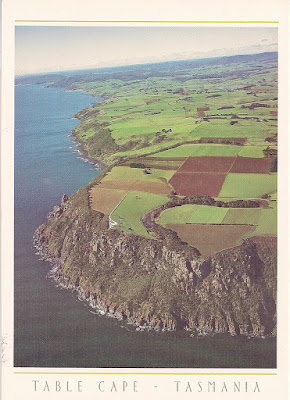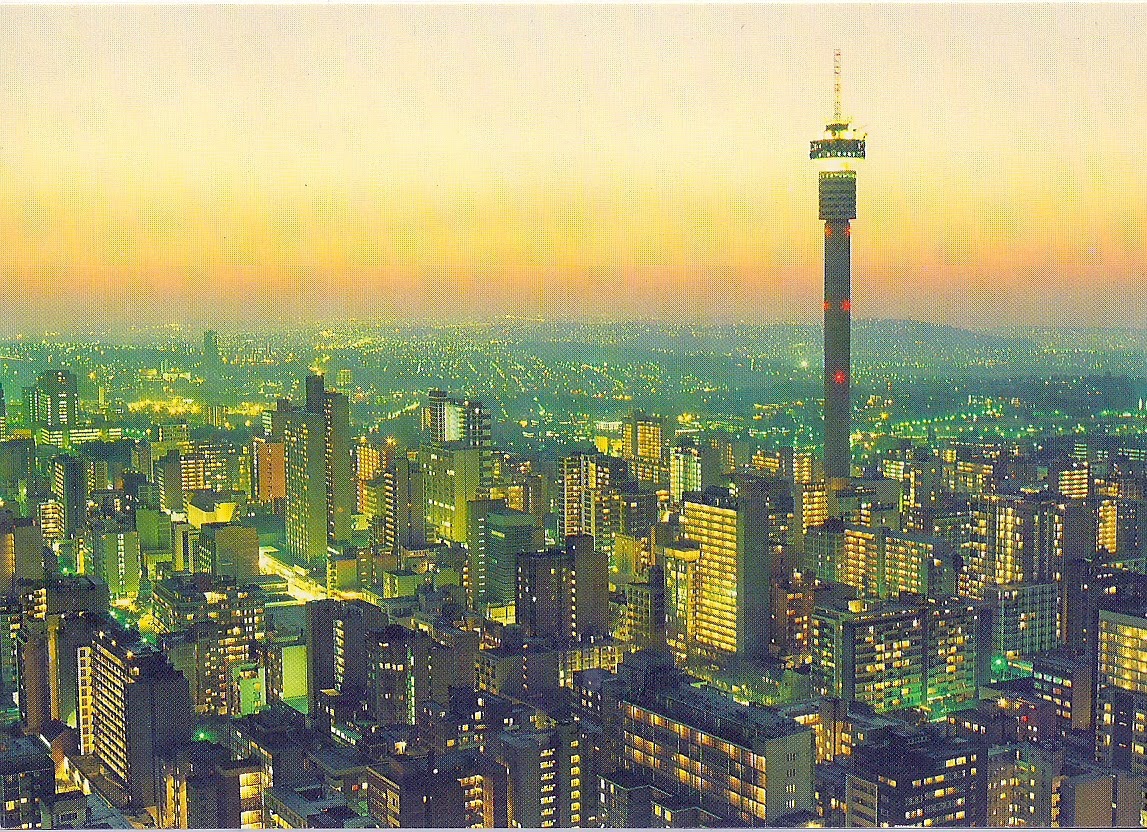Tasmania has certainly won many more hearts than it can claim square kilometres. It has only 68,000 of the latter, but it crams into them its rugged west, a central plateau broken by steep mountains and narrow river valley, and an eastern coastal region offering a soft 'English' pastoral beauty. Its diverse charms have made it a popular tourist attraction.
The Nut, Historic Stanley Tasmania. The township of Stanley nestles under the massive headland called the Nut. Many old historic sights can be seen, including Joe Lyons' Cottage, Poets' Cottage, Plough Inn and the original Bluestone Grain Store - each with its own unique history.
First sighted by Abel Tasman in 1624, it was later claimed by Capitain Cook for the English and was first settled in 1803. Tasmania was first called Van Diemen's Land; these days it is known as the'heritage island', 'treasure island' or the 'apple isle'. Its economy is basically agricultural, but secondary industries such as tourism and minining are gradually taking over.
TABLE CAPE NORTH WEST TASMANIA Tasmania has some of the most spectacular rural scenery in the world and this region contains features of astonishing beauty
TASMANIAN DEVIL
The Tasmanian devil (Sarcophilus harrisii) is noisy, fierce, potentially vicious and one of only three marsupial carnivores that inhabit the island. Now exclusive to the island state of Tasmania. These animals are adept at climbing, sleeping by day in well hidden dens and emerging at night as efficient scavengers and hunters.
















